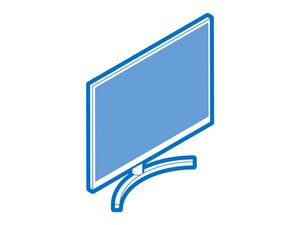Stripped Flickering on ASUS Monitor (VG24VQ)
First of all, I'm sorry about the misleading device as iFixit doesn't have the one I got in their search system.
So, I had this problem ever since I bought this monitor and it gets annoying when trying to play a horror game or games with low brightness. This Flickering happens only when exposed to low light environment in games. Here it is on DOOM Eternal for example (Zoomed-in and Slowed-Down so it can be actually seen:
I've tried nearly everything that comes to mind as to why this could happen but nothing works, I've tried:
-Turning Freesync Off
-Using different color profiles
-Selecting another preset
-Swapping Display Port to HDMI
-Swapping AC Cable
-Cleaning ports
-Disabling every image enhancer (VividPixel, ASCR, TraceFree, etc)
-Swapping PCs
-Trying on a friend's monitor (he has the exact same monitor and has this issue too)
-Even trying on a TV and little did I know that it also occurs but it's very rare
I simply have no clue as to how this issue can be fixed or why does it happen and I am considering on just buying a new monitor...
Это хороший вопрос?


 2
2 
 373
373  1,4к
1,4к
1 Комментарий
Hello,
I have an Asus VG27VQ and seem to have a problem very similar to yours.
From time to time, my screen shows vertical flickering lines.
I updated the graphics card and monitor drivers but that didn't help.
I have tried lowering the graphics card frequency and all the monitor menu options. But nothing worked.
At the moment, on this monitor, the problem presents the same way with two other PCs.
A few months ago I returned this monitor to the store and asked them to fix the problem. But they told me they couldn't reproduce the anomaly.
Indeed, when I recovered my screen, the problem did not appear any more.
But several weeks later, it came back. And I don't know what to do.
из Jacob Kerneach